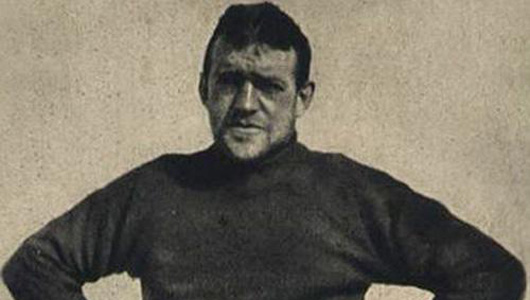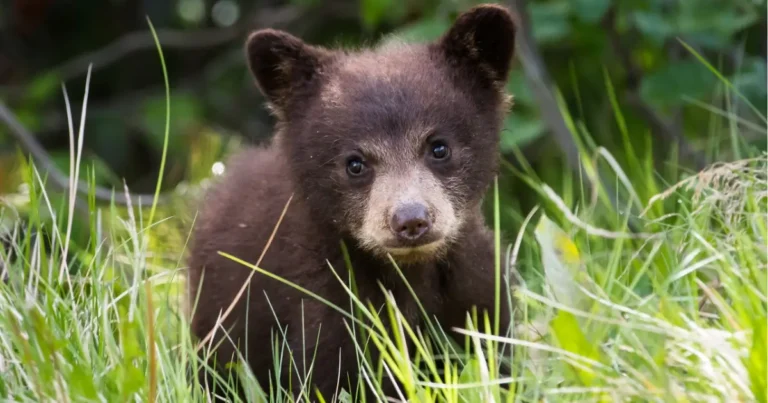Known in English as “white mountain”, Mont Blanc is the highest mountain in the Alps in Western Europe. According to a Wikipedia entry, it rises 4,810.45m (15,782ft) above sea level.
The climbers featured on the TV program endured extreme cold, wind and ice as they slowly made their way up the mountain.
And what did these climbers wear to keep themselves warm? NOT FUR. That’s right. Not one strand of fur or fur trim.
After a quick web search, we discovered a Mont Blanc Guiding Company that is based in the UK, who guides their adventure-seeking clients up this mountain. Their website included a link for the recommended equipment that one would need if you were to climb Mont Blanc, again no mention of fur or fur trim.
A word about Antarctic Explorers:
Keeping with this theme, we did another quick Google of cold weather explorers, including explorers of the early 1900’s. We found an online article where Antarctic explorers Ernest Shackleton and Edward Wilson revealed their thoughts about fur as a “cold weather” clothing choice:
“It is a golden rule to avoid anything but wool as far as possible. All furs are far too impervious, and, instead of allowing the free evaporation of moisture from the body, collect and absorb it all, and become heavy and wet when frozen.”
Edward Wilson, Antarctic Explorer
The online article also says…
Whilst Shackleton did use fur for clothing on the feet and hands he did not believe fur necessary for coats, in contrast to the indigenous people of the north. Instead of fur clothing the men wore winter suits consisting of a double-breasted jacket, vest, and trousers made from heavy pilot cloth, lined with Jaeger fleece. This was then topped with a Burberry gabardine, which was the most windproof available at the time.
What about Canada’s Inuit?
It is worth noting that the Inuit of Canada’s north don’t always wear fur either. Today, much of their fur is used for ceremonial occasions or out of necessity as there are not many other clothing options. However, if they can afford it, today’s Inuk can be seen wearing synthetic coats that have no fur on them, including brand name jackets like Arc-teryx and North Face.
Also, check out the Inuit’s answer to an awesome fur-free parka.
While the “amauti” was traditionally made with animal skins, today it is mostly made with cloth materials (and lots of lots of layers). Our favourite part is the deep hood where a child can remain virtually unseen until she/he pops their little head up to see what is going on around them. Adorable.
There you have it. So if mountain climbers, Antarctic explorers and today’s Inuit can find alternatives to fur, why can’t we?

Photo: Ernest Shackleton.
